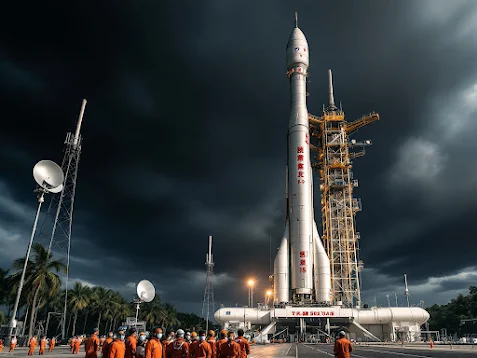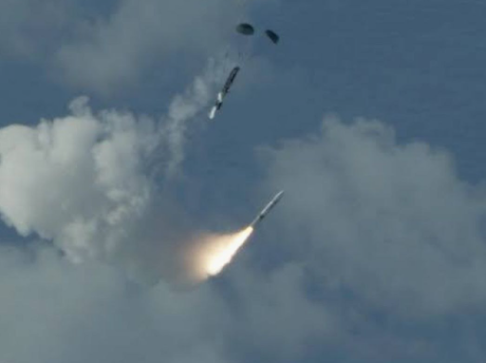 |
| Alchemical door in Rome |
Hidden in the heart of the eternal city, among the bustling streets and majestic monuments, is one of Rome's most mysterious and little-known monuments. In a quiet corner of the gardens of Piazza Vittorio, like a fragment of another era, stands a marble structure known as the Alchemical Door, or Magical Portal. It is also sometimes called the Hermes Gate, emphasizing its connection with ancient esoteric knowledge.
At first glance, it's just an elegant marble arch decorated with reliefs. However, if you look closely, you will notice that its surface is covered with strange symbols and inscriptions, far from the usual classical Roman architecture. These signs, like the whisper of ancient secrets, have been attracting researchers and lovers of the occult for centuries. Legend has it that these mystical writings contain the secret of transmutation of metals, the recipe for turning lead into gold, in other words, the key to the Philosopher's stone.
The history of the Alchemical Door dates back to the end of the 17th century. It was erected by the Marquis Massimiliano Palombara, an aristocrat who lived in Rome and was known for his deep interest in the occult and alchemy.
The door was part of Villa Palombara, a luxurious estate that was once located on this site. The Marquis, being not only a rich nobleman, but also a passionate seeker of esoteric knowledge, turned his villa into a real center of alchemical research and mystical gatherings.
Legend has it that one day a mysterious pilgrim or alchemist appeared in the laboratory of the Marquis of Palombar. Some stories claim that it was the alchemist Giuseppe Francesco Borri himself, known for his adventures and connections with secret societies. This mysterious guest spent the night in the Marquis's laboratory, doing mysterious experiments. In the morning, he disappeared as if he had disappeared into thin air, leaving behind only a few gold grains, said to have been obtained by transmuting ordinary metals. In his confusion and delight, the Marquis of Palombara, according to legend, discovered on the threshold of his laboratory a piece of paper covered with incomprehensible symbols and formulas, left by a mysterious alchemist. The Marquis, being sure that these signs contained the secret of transmutation, ordered them to be immortalized by engraving on a marble door, which became known as the Alchemical Door.
Since then, the Alchemy Door has become a magnet for researchers, amateur alchemists, historians, and the curious. Many have tried to unravel the meaning of the mysterious symbols, hoping to find the key to the art of alchemy. However, despite numerous attempts to decipher it, the full meaning of the inscriptions and symbols remains unsolved to this day.
What is depicted on the Alchemy Door?
The marble arch is decorated with many relief images and inscriptions made in Latin and other languages. Among the most notable elements are:
Seven Planetary symbols: At the top of the door are the symbols of the seven classic planets – the Sun, Moon, Mercury, Venus, Mars, Jupiter and Saturn. In the alchemical tradition, planets played an important role, being associated with various metals and stages of the alchemical process.
Symbols of the elements and alchemical processes: Symbols are found on the door, presumably denoting various chemical elements, alchemical processes such as distillation, calcination, as well as philosophical concepts related to alchemy.
Latin inscriptions: Latin inscriptions in ornate script add to the mystery.
One of the most famous inscriptions reads: "CENTRVM IN TRIGONO TRIGONVM CENTRI" ("The center in a triangle is the triangle of the center"). This phrase, like many others, generates many interpretations and alchemical associations.
Symbols of roses and crosses: Motifs of roses and crosses, often found in esoteric symbolism, are also present on the door. They may be related to the Rosicrucian movement, which influenced the alchemical and occult circles of the time.
Ouroboros: The image of a snake biting its tail – Ouroboros is an ancient symbol of infinity, cyclicity and unity of opposites, also present on the door, hinting at the philosophical aspects of alchemy.
There are many theories and interpretations regarding the meaning of the symbols of the Alchemy Door. Some researchers believe that this is an allegorical representation of the alchemical process, a step-by-step instruction for obtaining the Philosopher's stone, encoded in symbols and inscriptions.
Others see it as a cosmological map reflecting the alchemical understanding of the universe and the relationship between the microcosm and the macrocosm. Still others believe that it is a symbolic portal to other dimensions, a gateway to the world of spirits or secret knowledge.
Some researchers are trying to connect the symbolism of the door with specific alchemical treatises and authors such as Nicolas Flamel, Georg Ripley or Michael Mayer.
Attempts have been made to decipher the inscriptions using various alchemical and hermetic texts, but none of the proposed interpretations have been universally accepted.























































.jpg)
